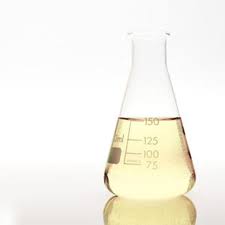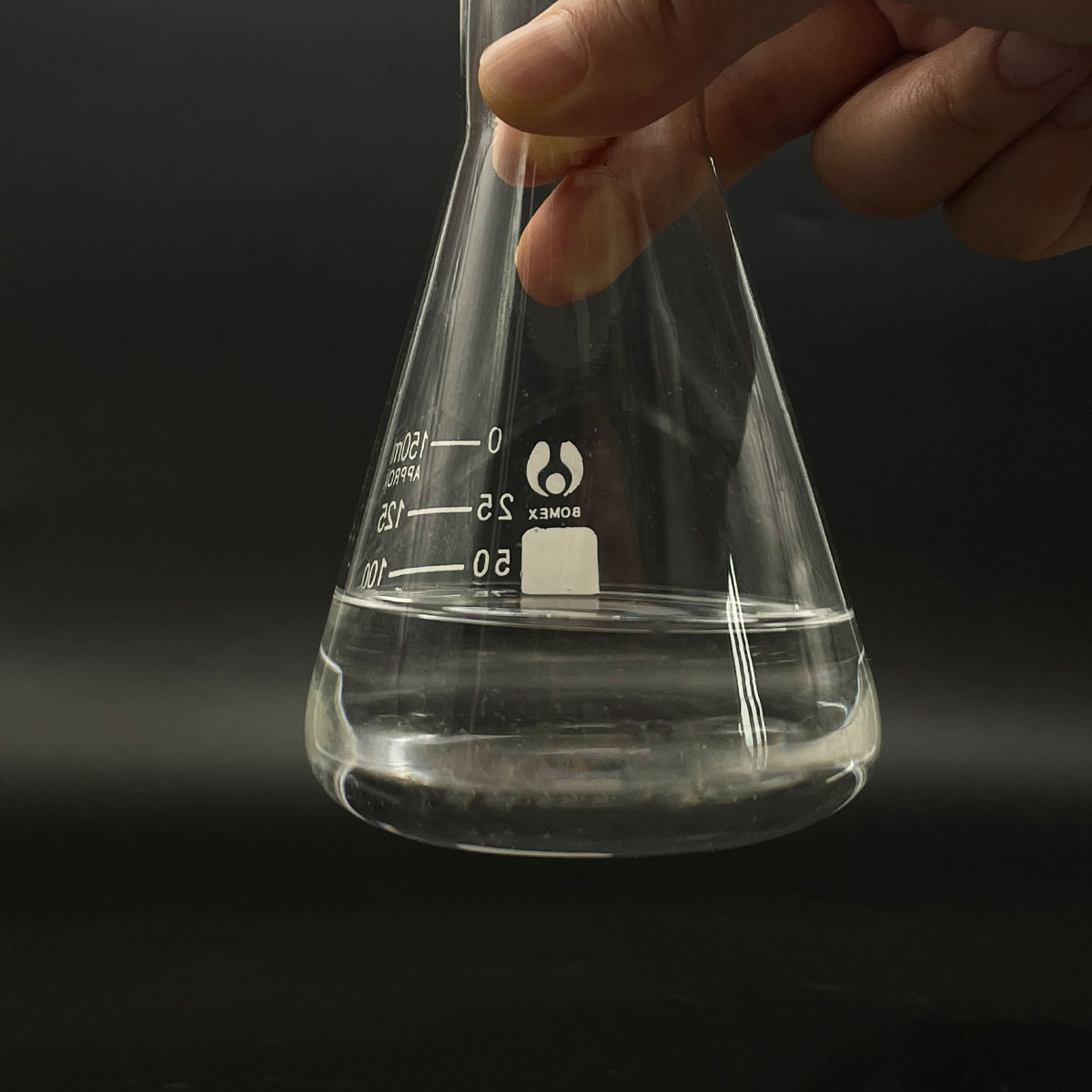**The Unsung Heroes in Your Lungs: Meet Your Surfactant Super-Producers**
(What Type Of Cell Produces Surfactant)
We breathe without thinking. Air flows in. Air flows out. It seems simple. But hidden deep inside your lungs, a microscopic miracle worker makes it all possible. This hero isn’t a muscle or a nerve. It’s a special cell, tirelessly producing a life-saving substance called surfactant. Ever wonder exactly which cell pulls off this vital task? Let’s dive into the tiny world of your alveoli and meet the star of the show.
**1. What Cell Churns Out Surfactant? The Alveolar Type II Cell**
Picture your lungs. Think of millions of tiny air sacs, like microscopic grapes. These are alveoli. This is where oxygen enters your blood. Carbon dioxide leaves. The walls of these sacs are incredibly thin. They need to be for gas exchange. But this thinness creates a problem. Water molecules lining these sacs create surface tension. High surface tension makes the sacs want to collapse, like a wet plastic bag sticking together. Collapsed air sacs can’t work.
Enter the Alveolar Type II Cell. Scattered among the flatter cells forming most of the alveolus wall, these cuboidal cells are the surfactant factories. They look different. They act different. Their most important job? Making, storing, and releasing pulmonary surfactant. Inside these cells, specialized structures called lamellar bodies act like tiny warehouses. They pack the newly made surfactant. When the cell senses the need, it squeezes this surfactant out onto the alveolar surface. It’s a continuous, vital production line happening right now inside you.
**2. Why Surfactant is Non-Negotiable for Life**
So, what’s the big deal about this slippery stuff? Surfactant is absolutely critical for breathing. Its main job is fighting surface tension. Think of surface tension like the force that makes water form droplets. Inside your alveoli, this force wants to pull the wet walls together, collapsing the sac. Surfactant molecules have a special structure. One end loves water. The other end hates water. They position themselves at the air-liquid lining of the alveoli. The water-hating ends stick out into the air space. This disrupts the water molecules clinging tightly together. It dramatically lowers the surface tension.
Lower surface tension means the alveoli inflate much more easily. You don’t need as much effort to breathe in. Crucially, it prevents the alveoli from collapsing completely when you breathe out. Imagine blowing up millions of tiny balloons with every breath. Without surfactant, it would be incredibly hard work. The alveoli would collapse shut constantly. Gas exchange would grind to a halt. You simply couldn’t breathe effectively. Surfactant keeps the air sacs open and springy, making breathing effortless and efficient.
**3. How Do Type II Cells Make and Manage Surfactant?**
The Type II cell is a biochemical powerhouse dedicated to surfactant production. The process is complex but fascinating. It starts with raw materials. The cell takes in fats and proteins from the bloodstream. Inside the cell, intricate machinery gets to work. The endoplasmic reticulum synthesizes the key components. These are mainly phospholipids, especially one called dipalmitoylphosphatidylcholine. Special proteins are also made. These surfactant proteins are vital. They help spread the surfactant evenly and make it work better.
Once made, these components aren’t just dumped out. They are carefully assembled into layers within the lamellar bodies. These look like stacks of pancakes under a microscope. The lamellar bodies are storage units. When the cell gets the signal – maybe from stretching during a deep breath, or chemical signals – it releases the lamellar bodies. They fuse with the cell membrane. The stored surfactant is pushed out onto the alveolar surface. Here, it transforms into a mesh-like structure called tubular myelin. This finally spreads out into a thin film, the working layer that lowers surface tension. Old surfactant is constantly cleaned up and recycled by other cells. It’s a dynamic, ongoing cycle.
**4. Surfactant Applications: From Premature Babies to Medical Miracles**
Understanding surfactant and the cells that make it isn’t just biology trivia. It saves lives, especially the tiniest ones. Babies born very prematurely often lack enough mature Type II cells. They don’t produce sufficient surfactant. This leads to Infant Respiratory Distress Syndrome. The babies struggle terribly to breathe. Their underdeveloped lungs stiffen and collapse. Before surfactant therapy, this was a major cause of death in preemies.
The solution? Give them surfactant. Doctors can now administer animal-derived or synthetic surfactant directly into the baby’s lungs through a breathing tube. It’s like pouring magic onto the alveoli. Surface tension plummets. The lungs inflate more easily. Breathing becomes possible. This treatment has revolutionized neonatal care. It dramatically improves survival rates for premature infants. Research continues. Scientists explore synthetic surfactants. They look at using surfactant therapy for other lung conditions. They study how to protect Type II cells in diseases like pneumonia or lung injury. Knowing the cell and its product drives real medical progress.
**5. Surfactant FAQs: Your Burning Questions Answered**
Let’s tackle some common questions about this lung lifesaver and its producer:
* **Q: Do adults ever need surfactant replacement?** Sometimes, yes. While RDS is mainly a premature baby problem, severe lung injuries in adults can damage Type II cells. Surfactant production can fall. Surfactant therapy is sometimes used experimentally for conditions like Acute Respiratory Distress Syndrome. Results are mixed but research is active.
* **Q: Can anything harm Type II cells or surfactant?** Definitely. Infections like severe pneumonia can damage them. Inhaling toxic chemicals or smoke can hurt them. Prolonged use of high oxygen concentrations in medical settings can also be toxic to these cells and disrupt surfactant.
* **Q: How is surfactant similar to dish soap?** Both are surfactants! They reduce surface tension. Soap makes water “wetter,” helping it spread and lift grease. Lung surfactant makes the alveolar lining “slipperier,” preventing collapse. But lung surfactant is far more complex. It’s tailored for the delicate lung environment.
* **Q: Do other animals have surfactant?** Absolutely! All mammals with lungs rely on surfactant. Birds and reptiles that use lungs do too. It’s a fundamental requirement for breathing air efficiently using lungs.
(What Type Of Cell Produces Surfactant)
* **Q: What happens if surfactant isn’t recycled properly?** Waste surfactant needs cleaning up. Special cells called alveolar macrophages do this job. If this cleanup fails, surfactant can build up. This can actually interfere with gas exchange. It’s a delicate balance between production and removal.
Inquiry us
if you want to want to know more, please feel free to contact us.




